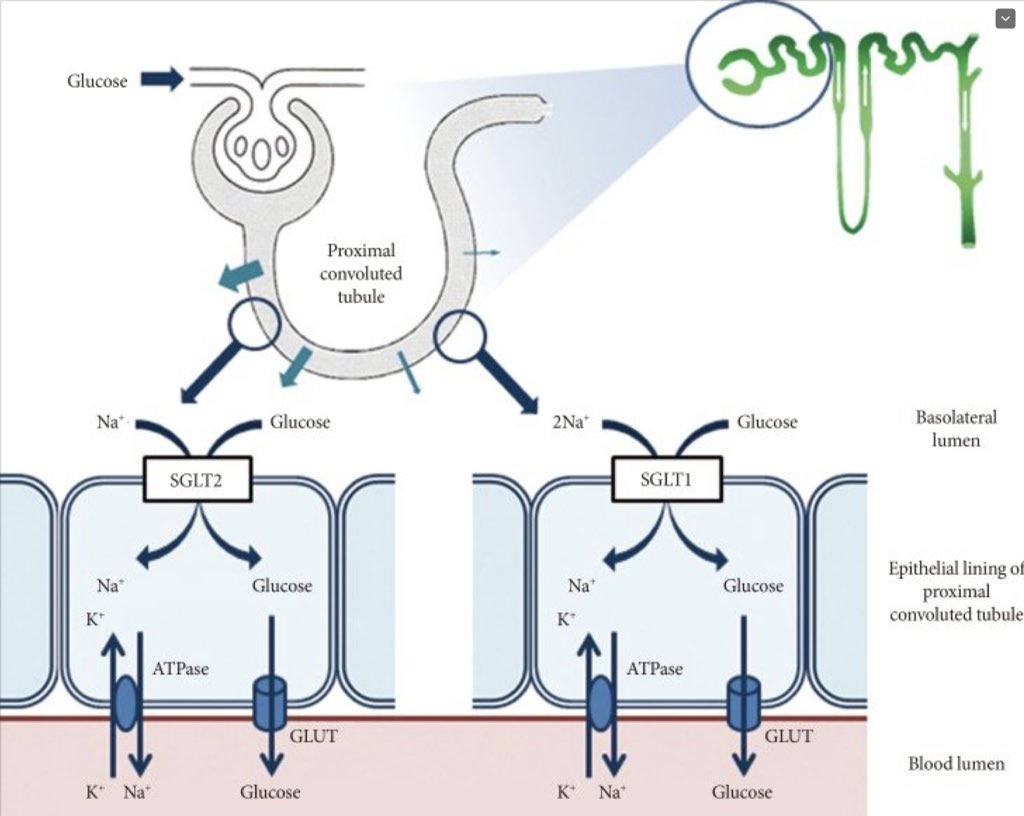#SoMe4Surgery
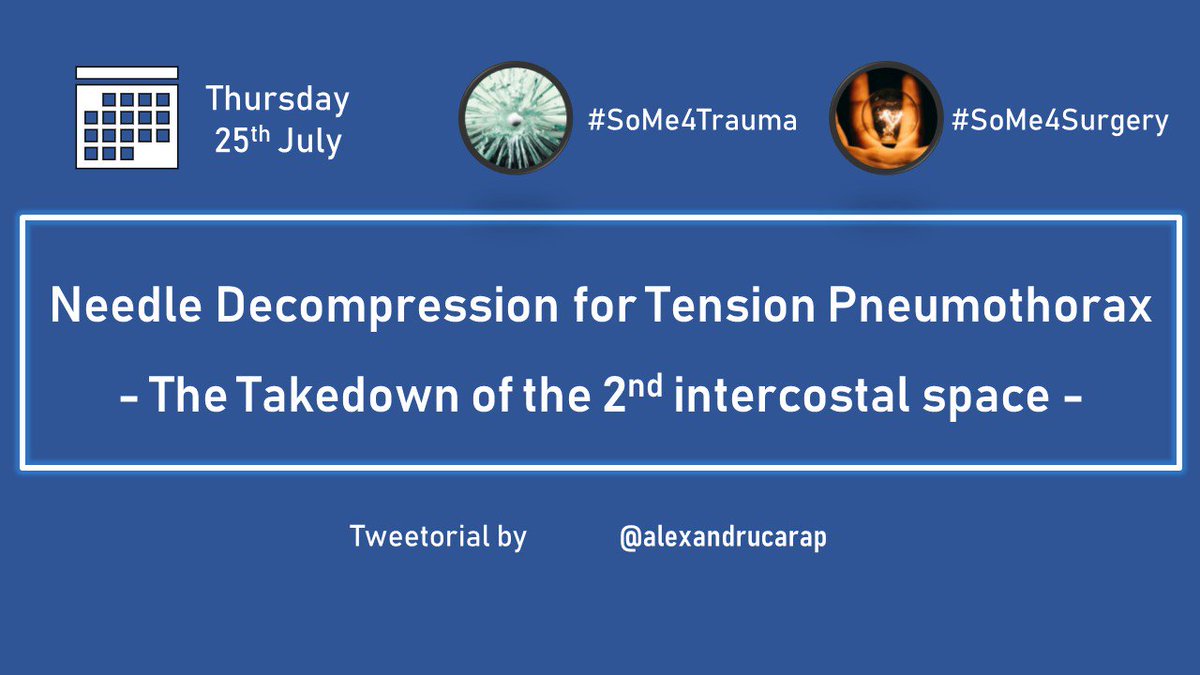
#SoMe4Surgery
#SoMe4Trauma
@Me4Trauma
@MedTweetorials
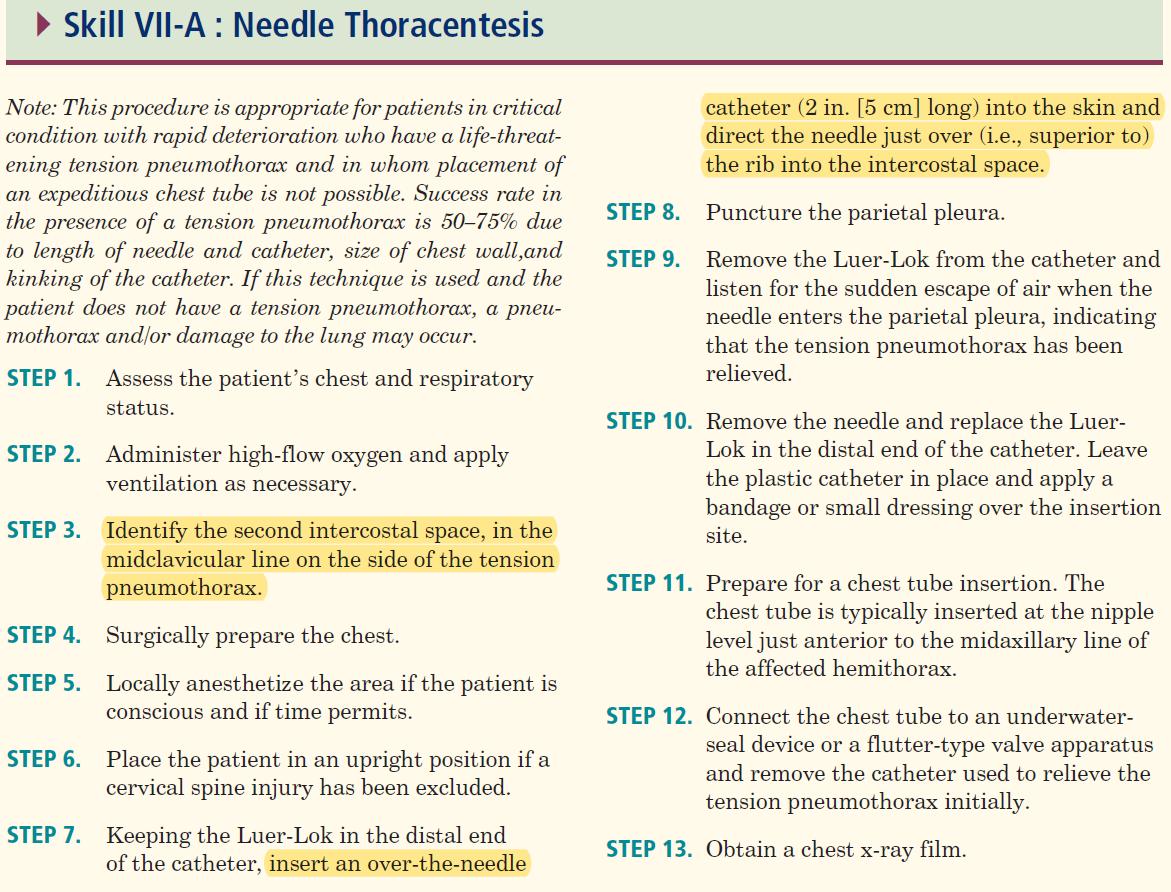
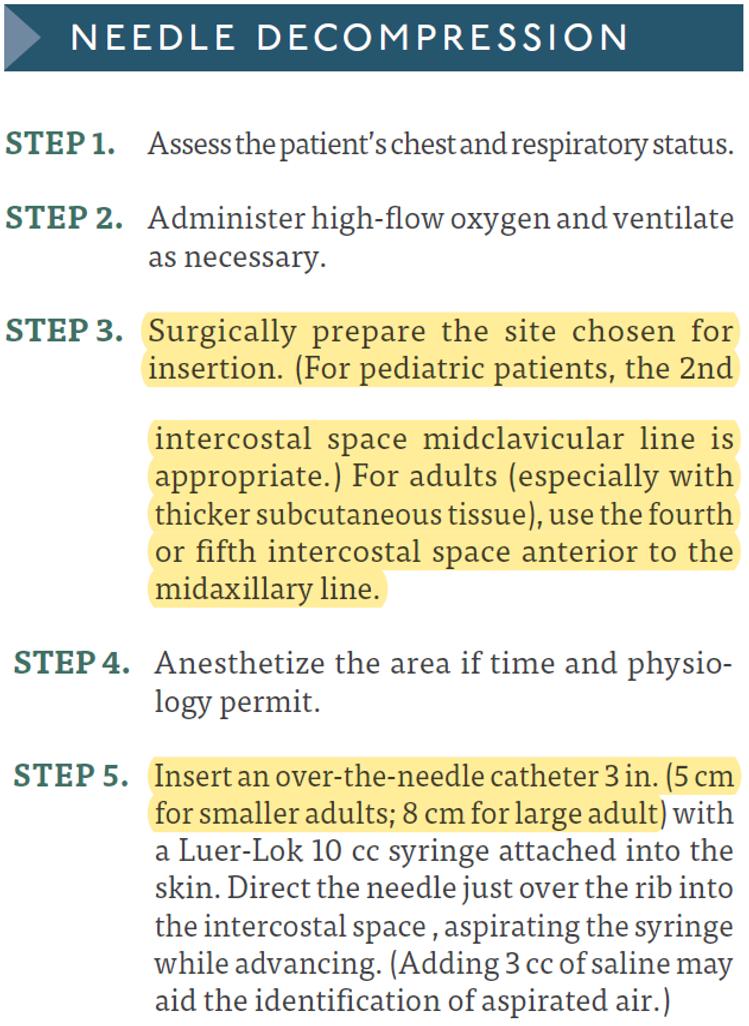
#SoMe4Trauma
- mean CWT: 5.36cm, 4.86cm
- CWT increased with age
- success of decompression w/ 5cm cath - 50%, w/ 8cm cath 99%
#SoMe4Trauma
ncbi.nlm.nih.gov/pubmed/18274025
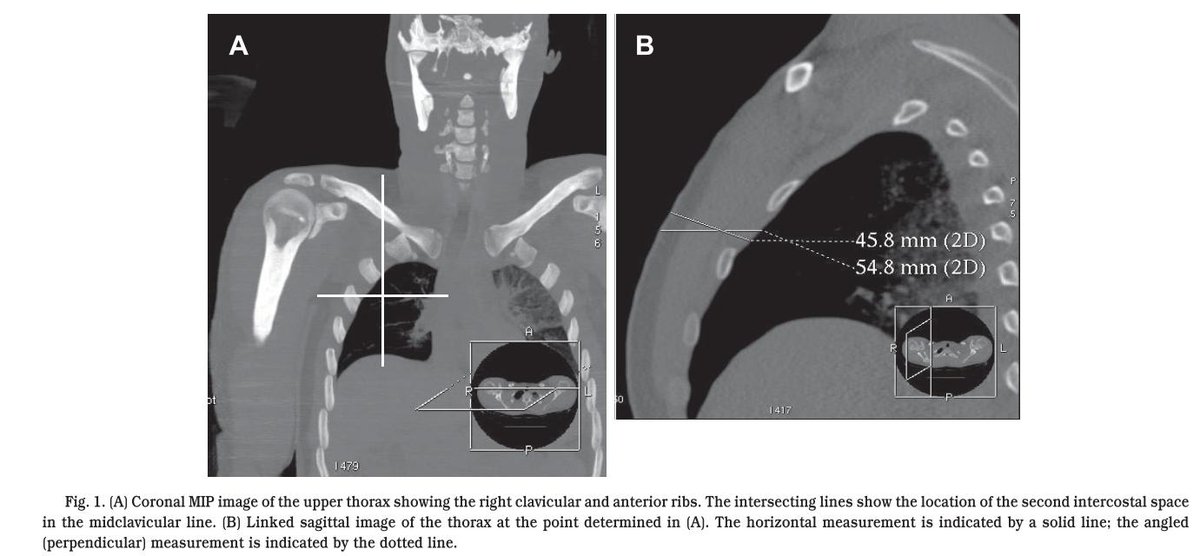
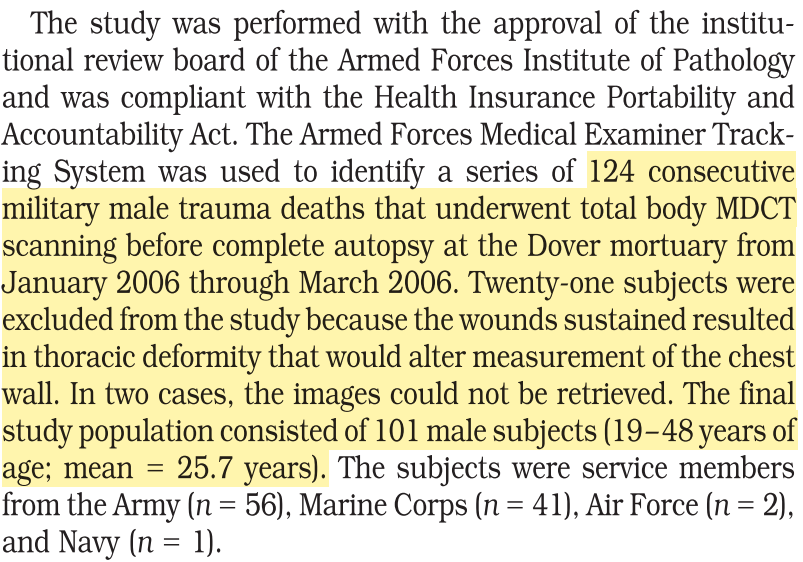
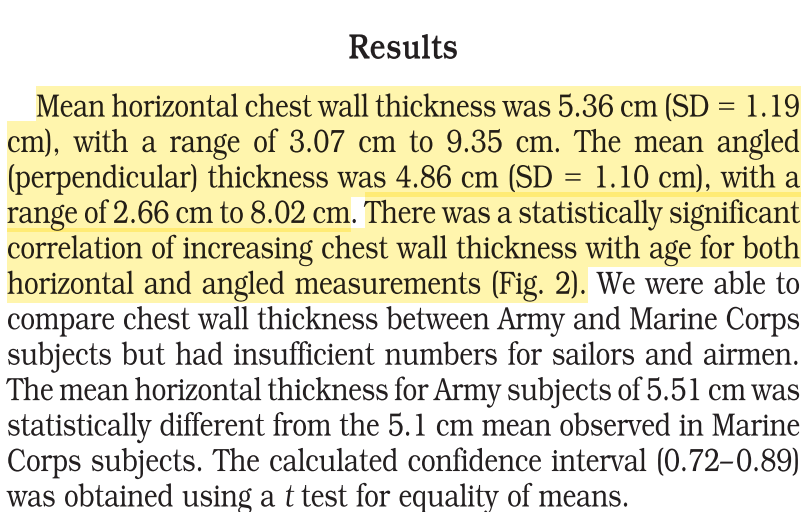
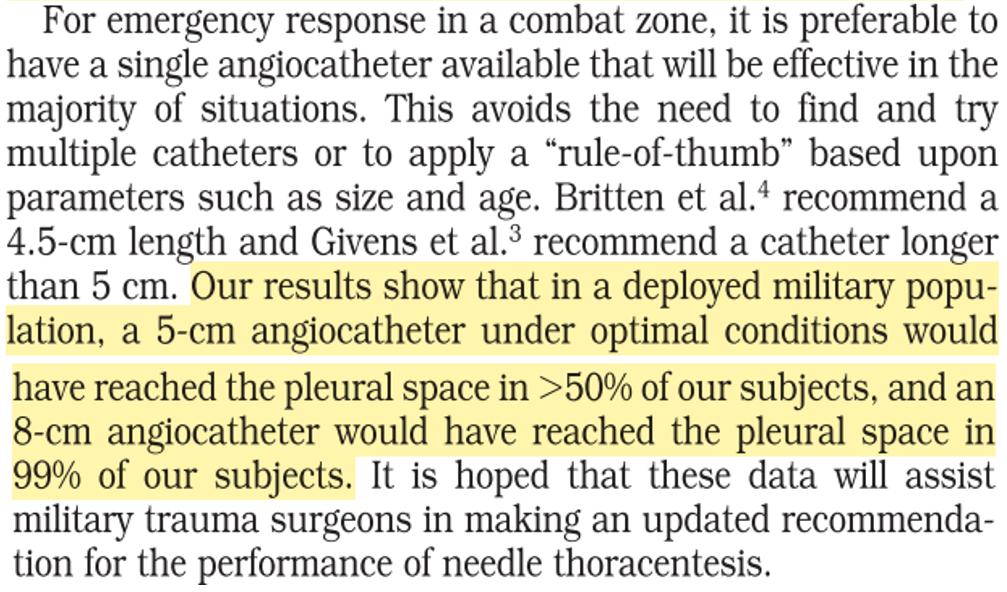
- civilian population
- smaller CWT overall for 5th IC AAL and across BMIs
- failure rate of 5cm cath: 42.5% 2nd IC, 16.7% 5th IC
#SoMe4Trauma
ncbi.nlm.nih.gov/pubmed/22987168
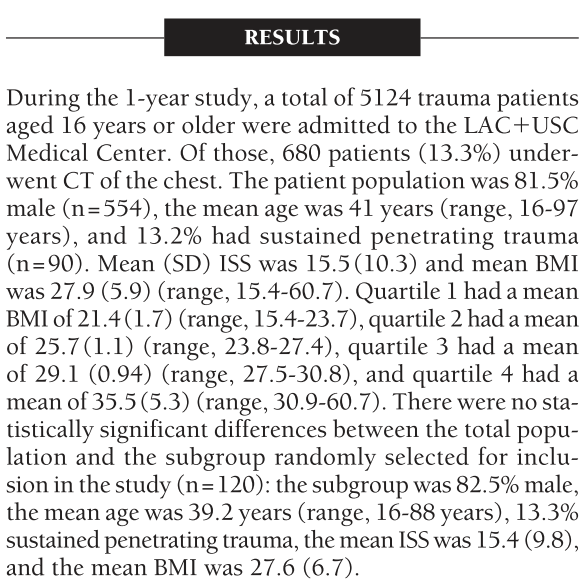
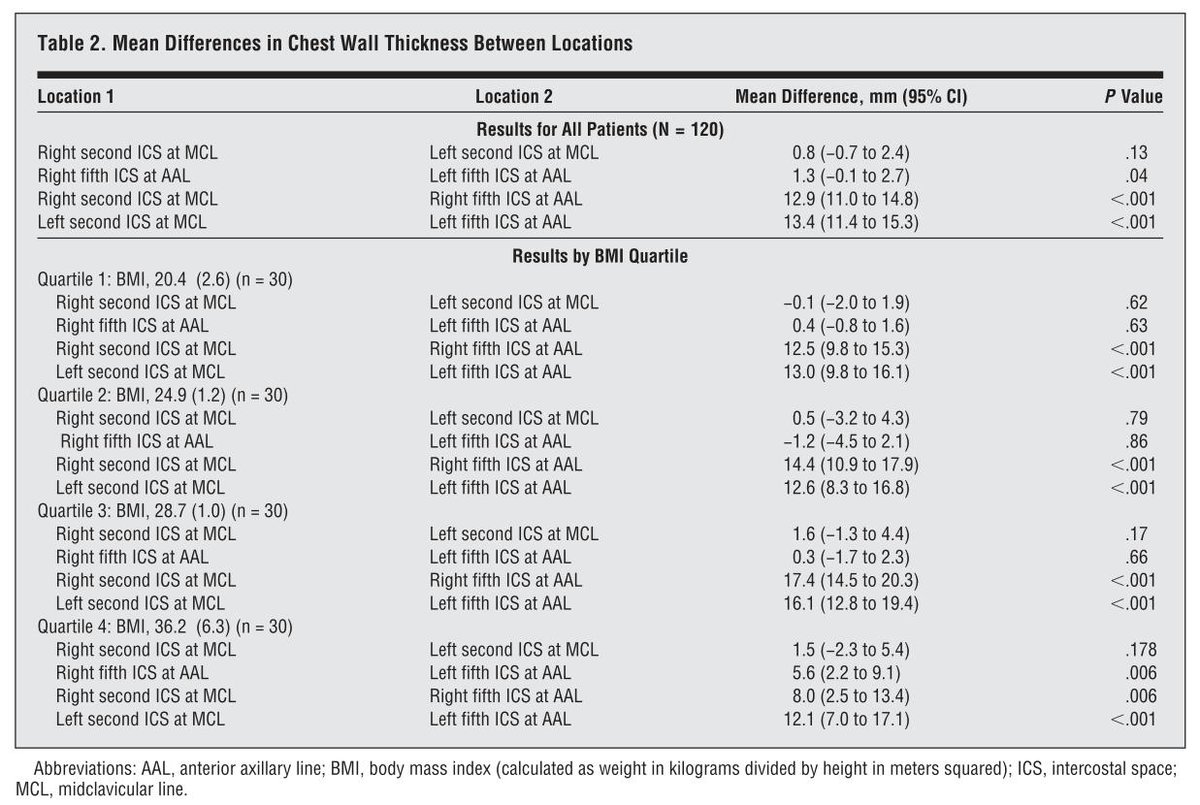
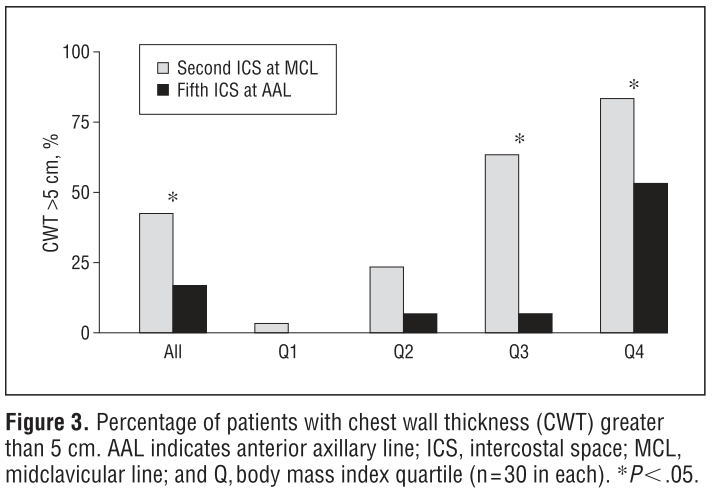
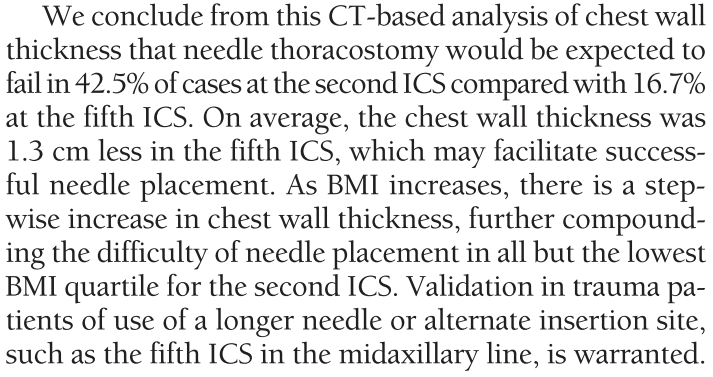
- smaller CWT at 4th IC compared to 2nd IC
- CWT and DVS increase with BMI
(cont)
#SoMe4Trauma
ncbi.nlm.nih.gov/pubmed/24662868
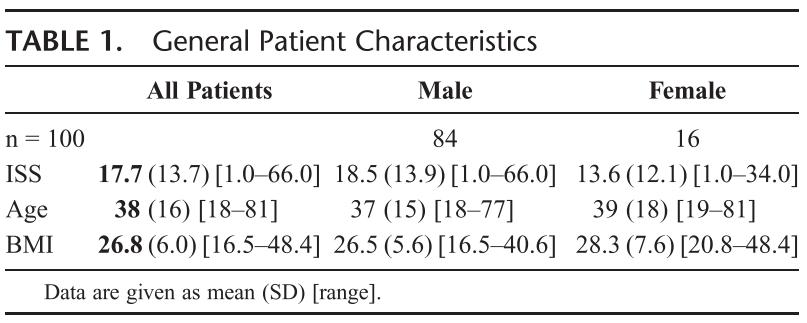

- successful decompression w/ 8cm cath - 96% across all sites, 5cm cath - 66-81%
RD - radiologic decompression
#SoMe4Trauma
ncbi.nlm.nih.gov/pubmed/24662868 6
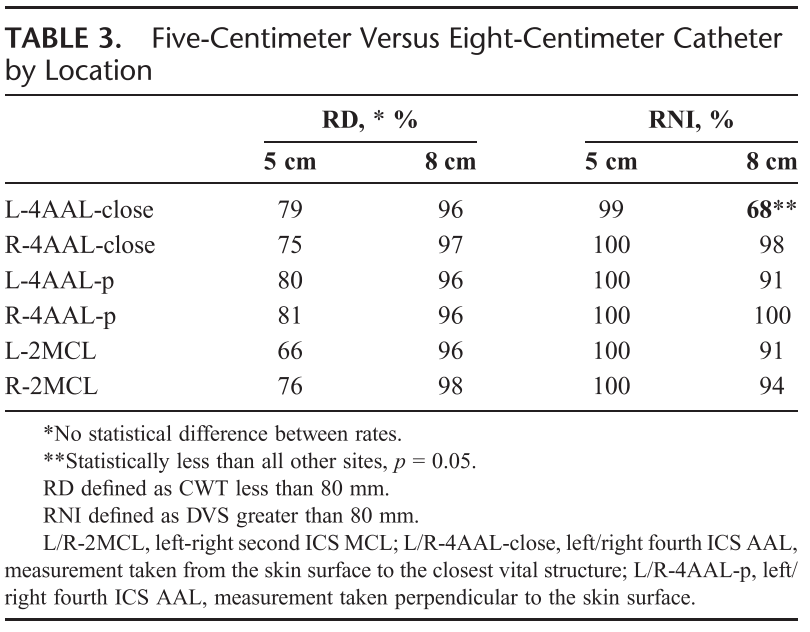
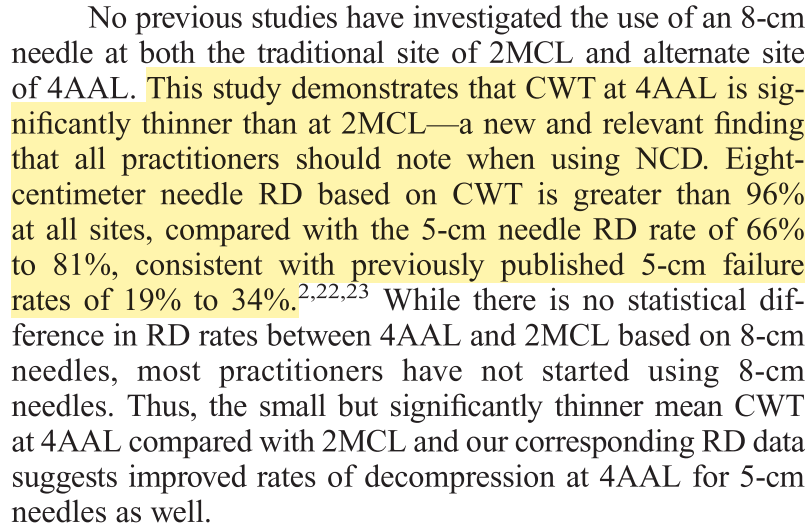
- CWT lower in 2nd IC
- failure rate lower in 2nd IC
- women had shorter CWT
(CT scan of measurements might explain these strange results)
#SoMe4Trauma
ncbi.nlm.nih.gov/pubmed/21951681
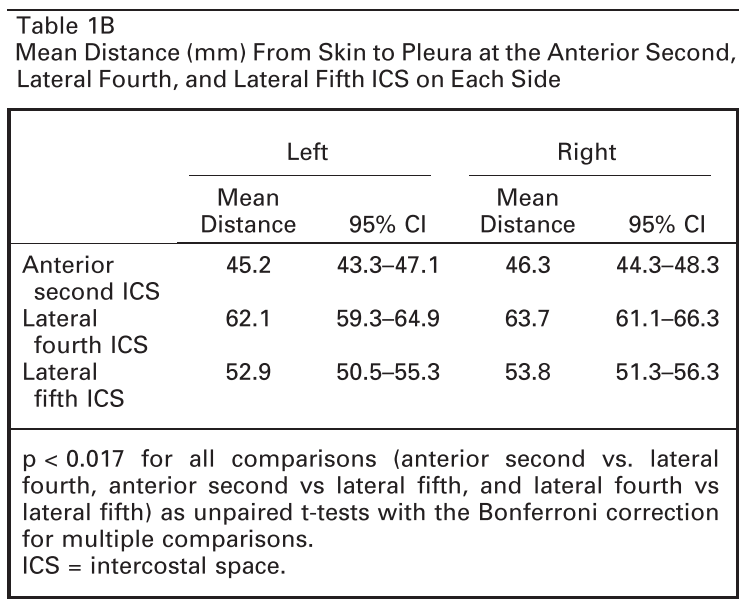
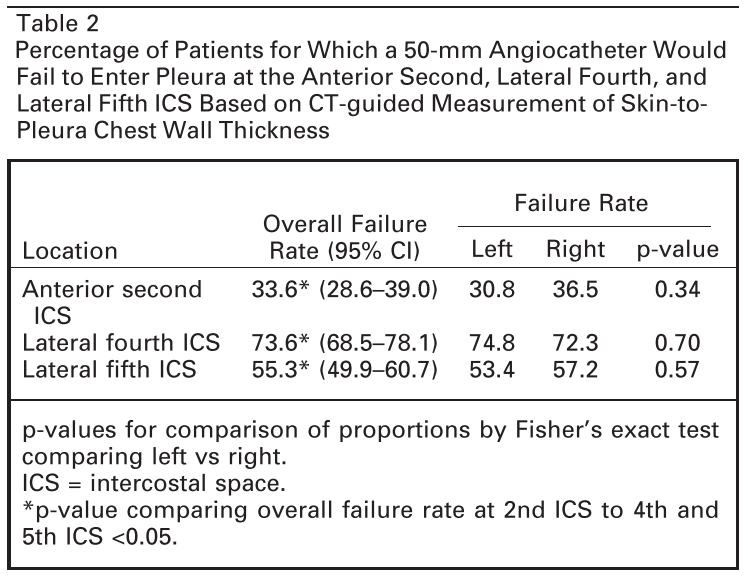
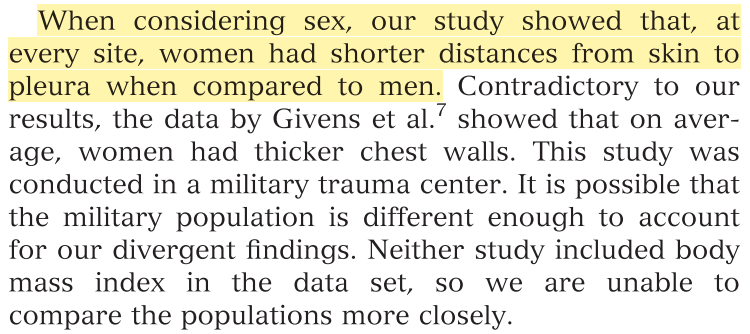

- shorter CWT at 4/5th IC compared to 2nd IC
- higher failure rates for 2nd IC when compared to 4/5th IC for 5 cm cath
- highlight geographic distribution
#SoMe4Trauma
ncbi.nlm.nih.gov/pubmed/26724173
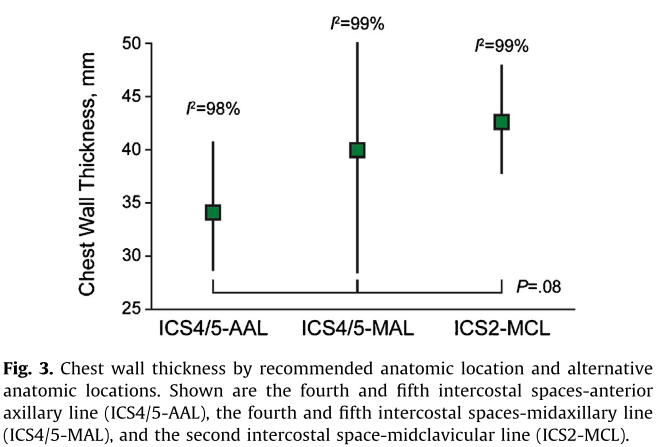
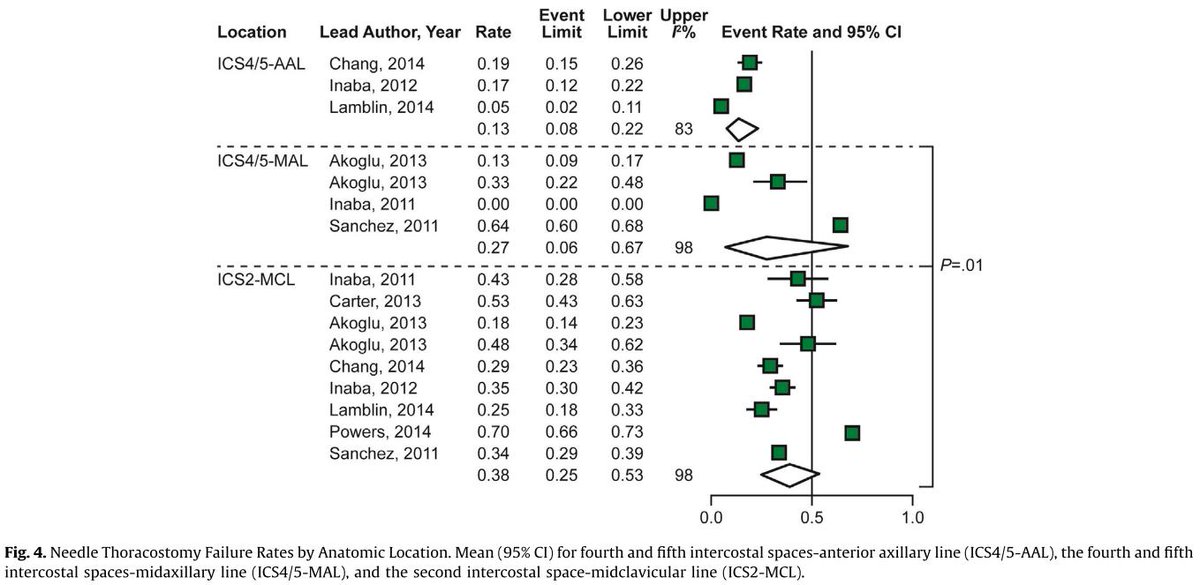
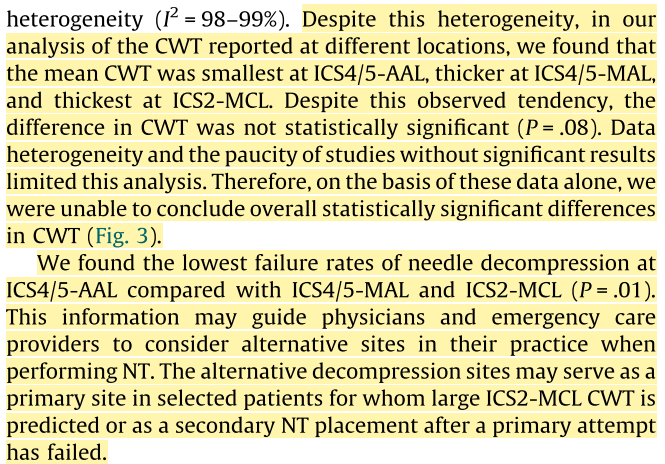
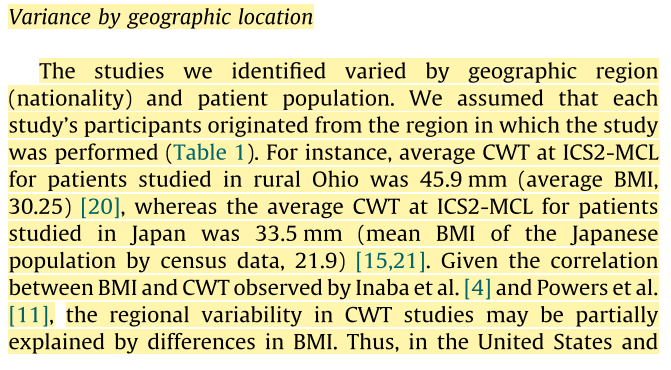
- failure: 65% w/ 3.2cm cath vs 4% w/4.5cm cath
#SoMe4Trauma
ncbi.nlm.nih.gov/pubmed/20507791
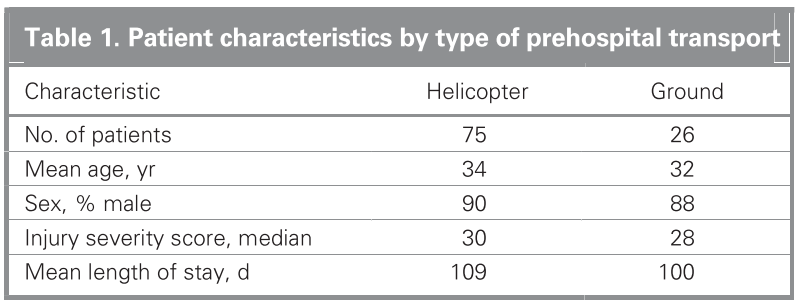
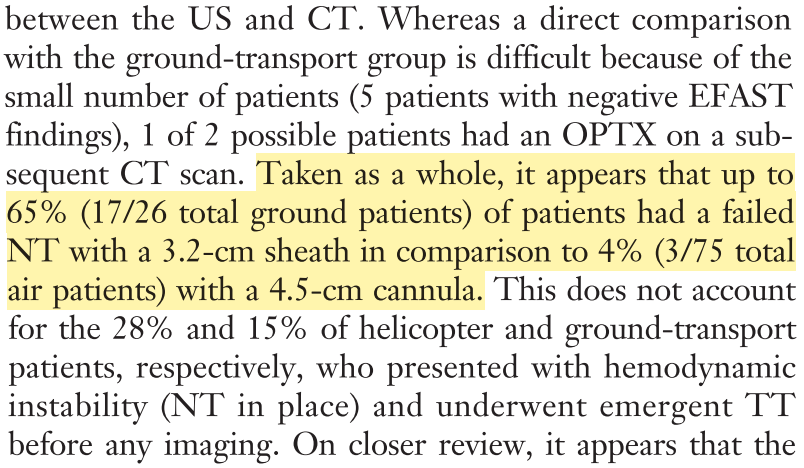
#SoMe4Trauma
- CWT 3.5 cm 5th IC vs 4.5 2nd IC
- success: 100% 5th IC vs 57.5% 2nd IC
- higher failure rate in females
#SoMe4Trauma
ncbi.nlm.nih.gov/pubmed/22071914

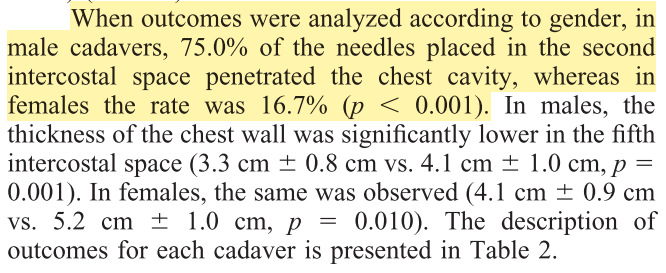
- the 5th IC was rated as easier than the 2nd
- higher accuracy for the 5th IC
- greater overall aggregate distance from correct site for the 2nd IC
#SoMe4Trauma
ncbi.nlm.nih.gov/pubmed/26488319
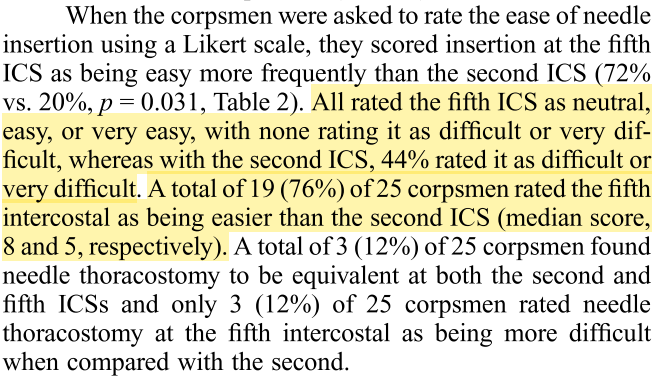

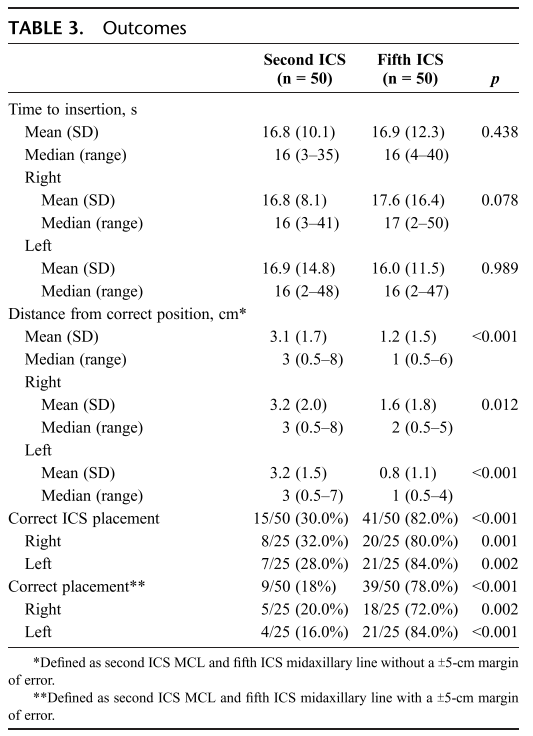
- higher rate of dislodgement and higher displacement for 2nd IC
#SoMe4Trauma
ncbi.nlm.nih.gov/pubmed/28383466
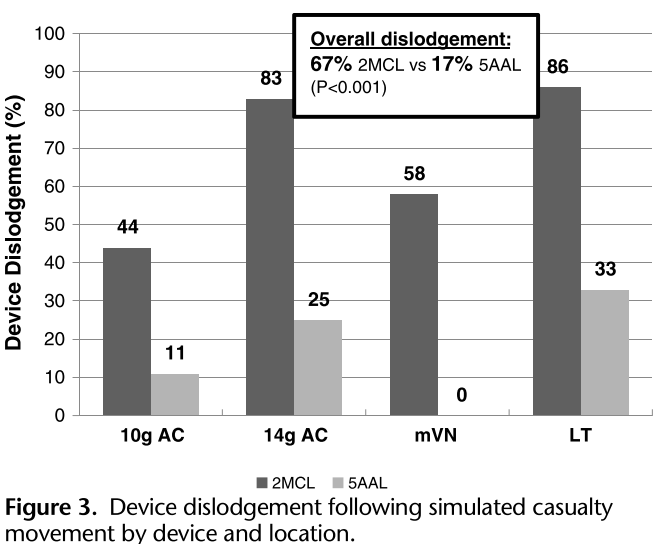
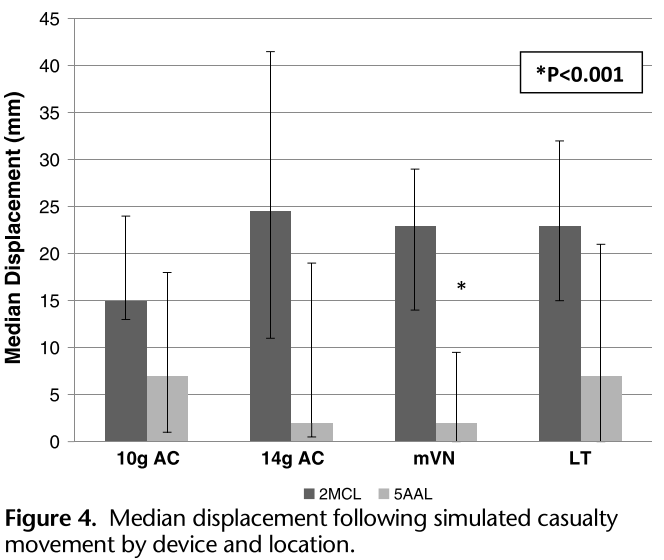
#SoMe4Trauma
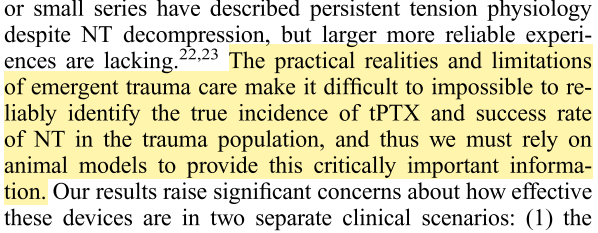
Success rate
- tension: chest tube 100% v cath 42%
- PEA: chest tube 100% v cath 36%
#SoMe4Trauma
ncbi.nlm.nih.gov/pubmed/22902737
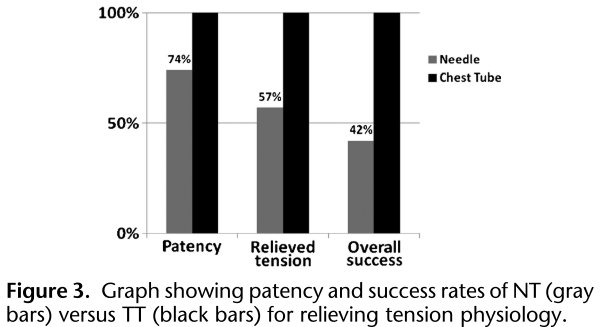
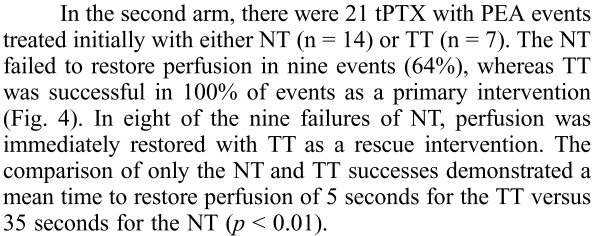
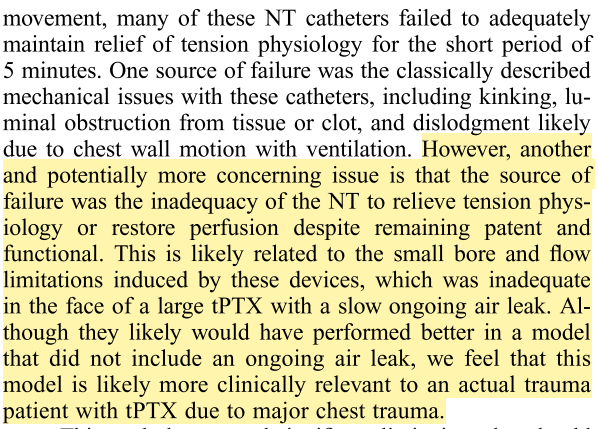
Success rate
- tension: 10G - 90%, trocar - 98%, Veress - 82%, 14G - 74%
- PEA: 10G, trocar - 100%, Veress - 57%, 14G - 50%
#SoMe4Trauma
ncbi.nlm.nih.gov/pubmed/28885469
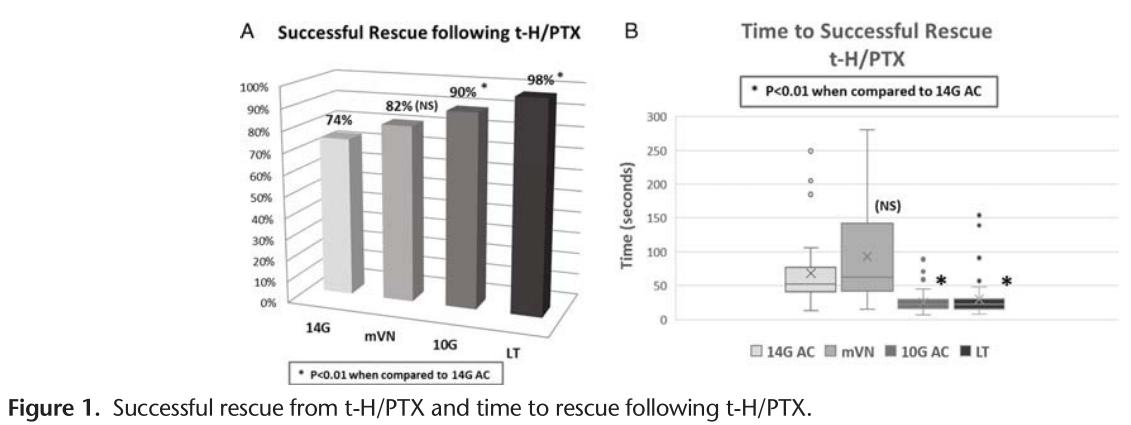
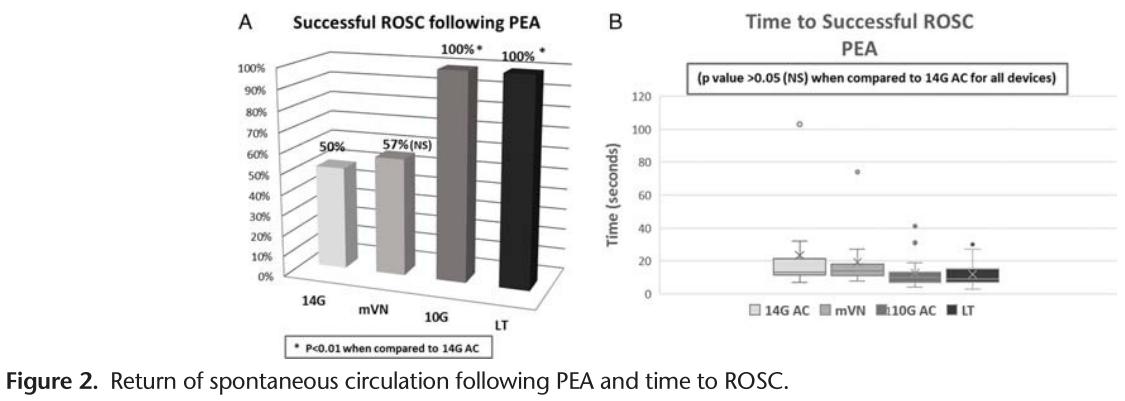
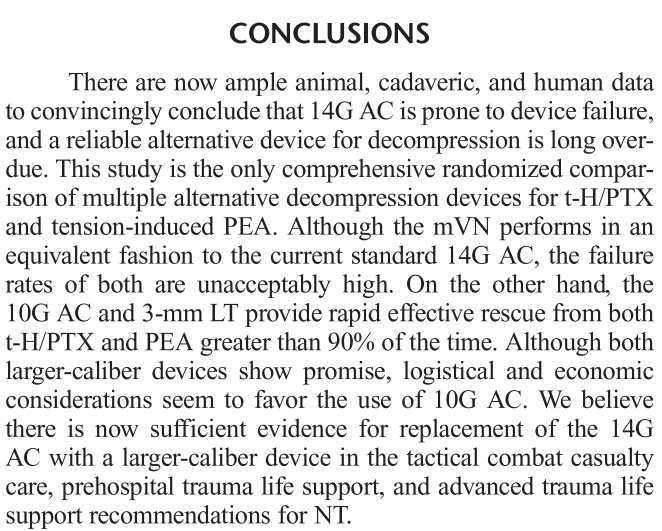
And, if you're in the correct setting and properly trained, finger thoracostomy works 100% of the time and takes seconds.
#SoMe4Trauma
ncbi.nlm.nih.gov/pubmed/26557486
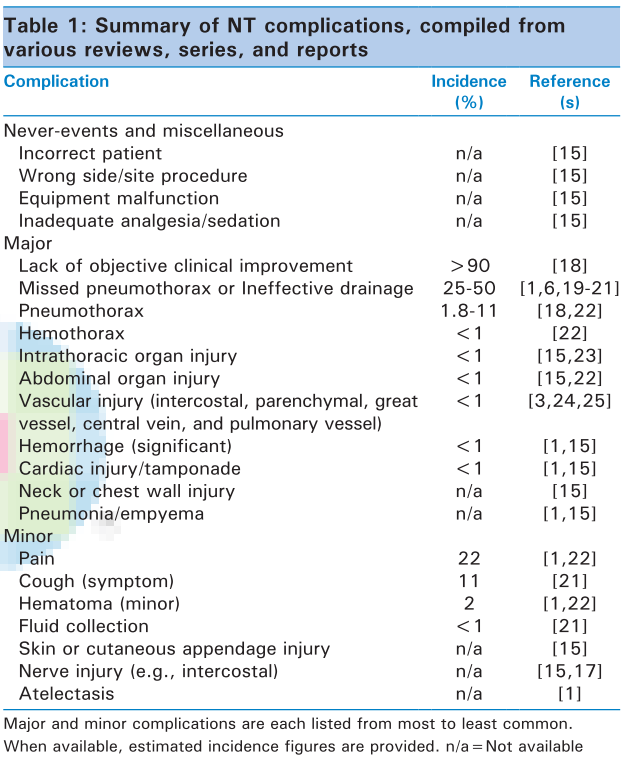
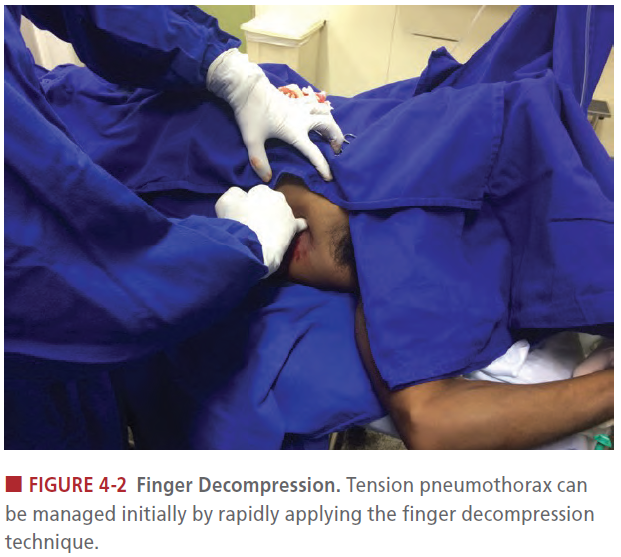
#SoMe4Trauma
#SoMe4Surgery
@Me4Trauma
@me4_so




